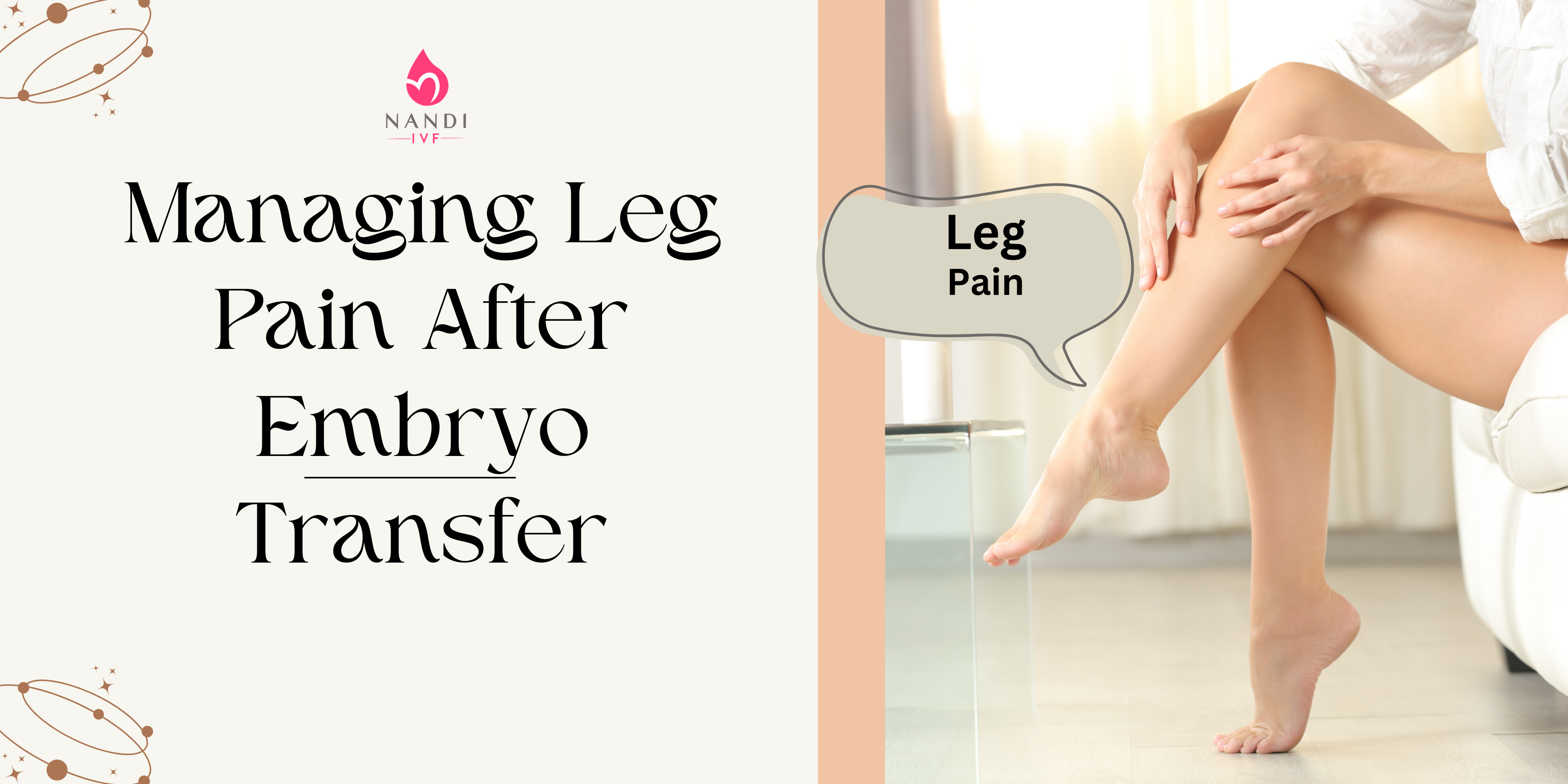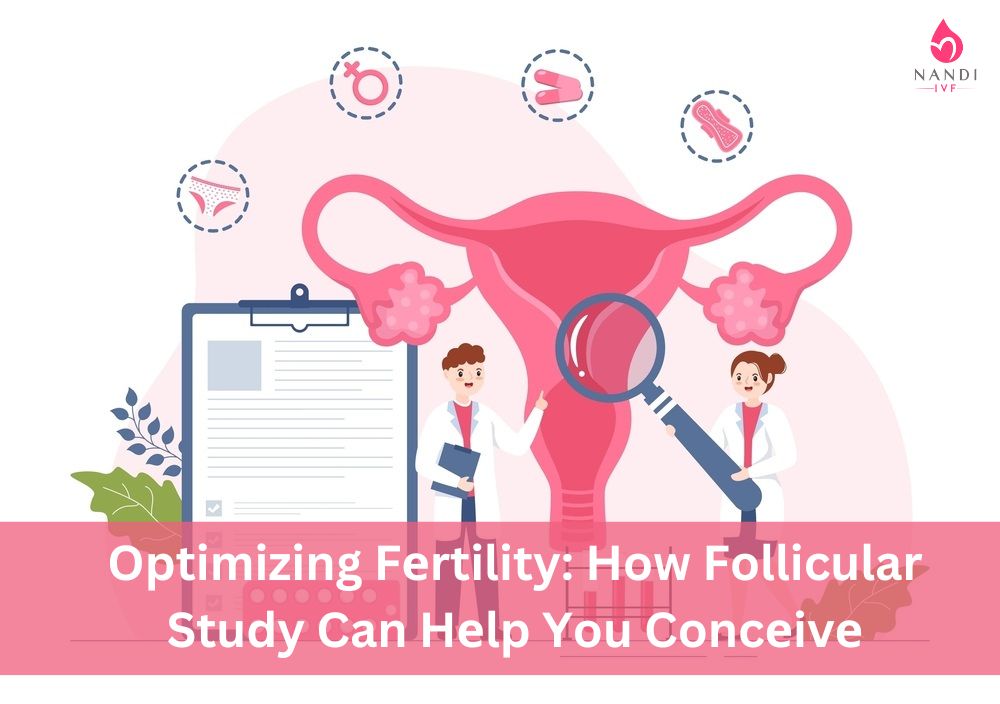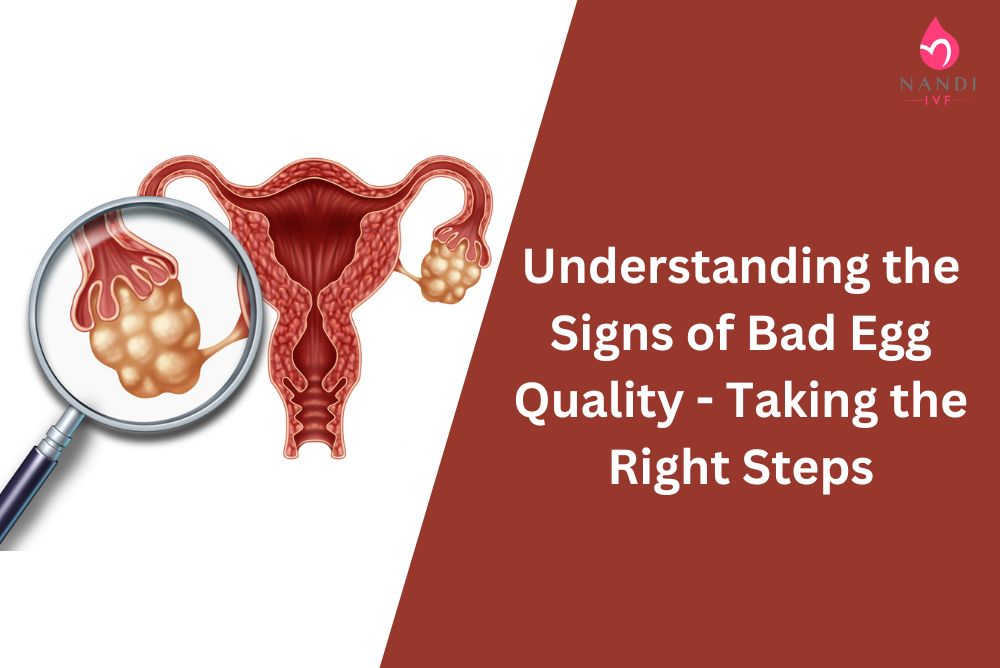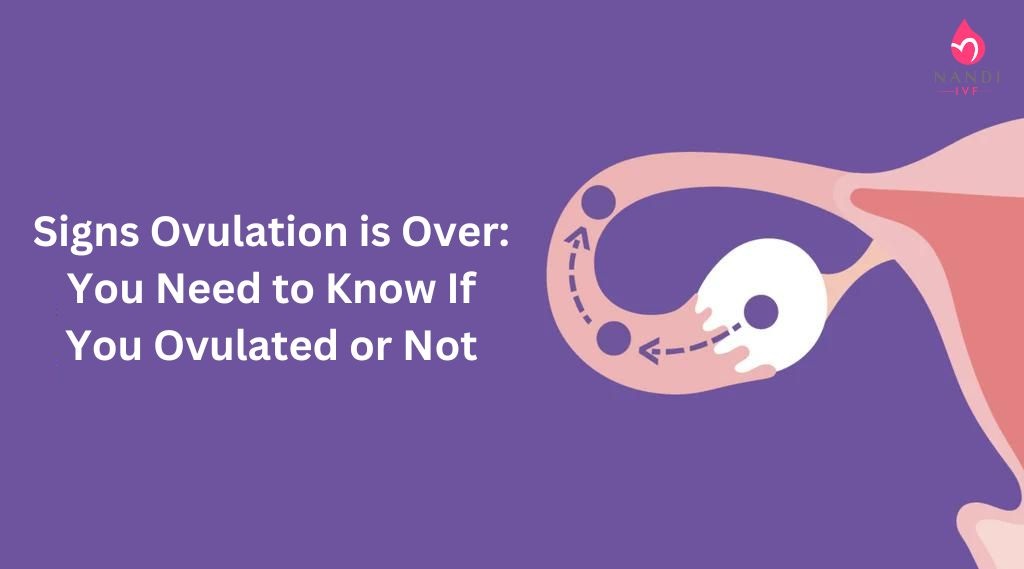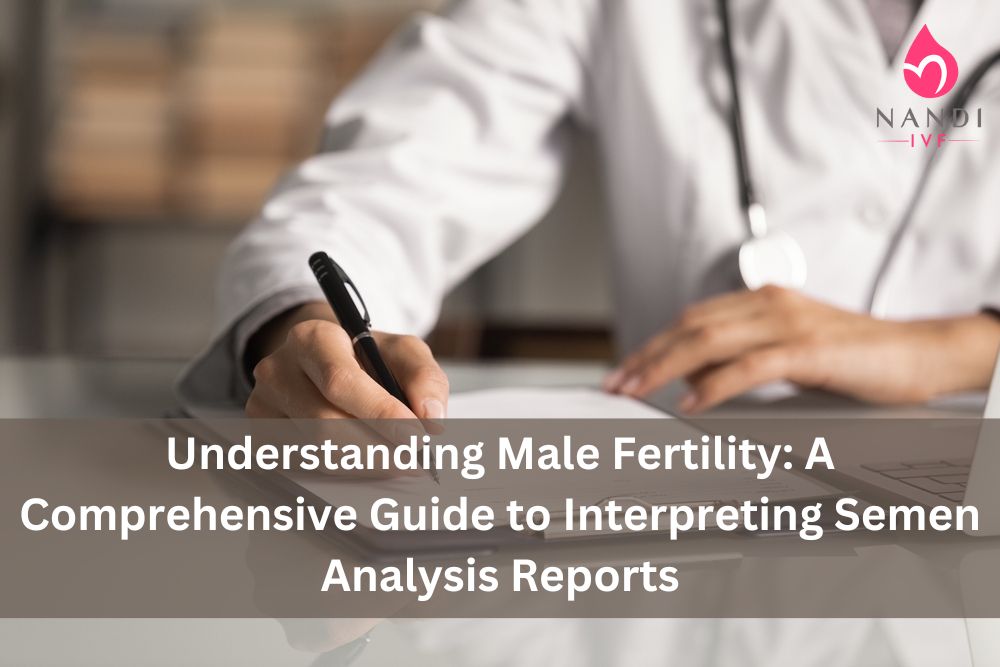A healthy lifestyle and a balanced diet have a significant impact on fertility. Many vital nutrients help support your reproductive health. Generally, a diet high in unsaturated fats, whole grains, vegetables, and fish improved fertility — in both men and women.
However, too much saturated fat and refined sugar result in a decrease in fertility. This blog will highlight “how does your diet affect your fertility health” in depth.
How an Unhealthy Diet can Affect your Fertility
Foods high in unhealthy fats can impair your ability to conceive. Fertility problems and recurrent miscarriages also relate to an unhealthy diet and weight gain in many people.
A majority of the fast food and prepackaged food available today contain “trans fats” in implicit quantities.
These are the following foods that negatively impacting fertility:
- Processed foods high in refined sugar and trans fats.
- Red meat with high saturated fat content.
- High-mercury fish like swordfish and king mackerel.
These foods can lead to insulin resistance, affecting reproductive hormone production.
Moreover, study found that products contain phytoestrogens. It may interfere with estrogen levels, impacting menstrual cycles and fertility.
How Does Your Diet Affect Your Fertility
For the healthy functioning of the reproductive system, the body requires several essential nutrients, including antioxidants, hormones, vitamins, etc. A healthy diet includes fresh foods carrying all the requisite dietary nutrients.
Whole foods, such as oily fish, whole grains, and vegetables, seem to have a positive effect on your fertility. The Mediterranean diet is particularly high in these foods — which is likely why this diet helps improve fertility.
Several health professionals at the best IVF center in Delhi suggest that eating too much saturated fat and foods high in processed sugars might have a negative impact on fertility. A wide range of nutrients are crucial for your reproductive health and fertility. But research shows there are a few particularly vital nutrients along with the Mediterranean diet, including:
- Folate (folic acid)
- Vitamin B12
- Omega-3 fats
Folate (Folic Acid) and Fertility
Folate is a type of B vitamin (vitamin B9) or folic acid—the synthetic form of folate found in fortified foods and supplements.
Folate plays an essential role in:
- Making and repairing your DNA
- Producing red blood cells, which carry oxygen around your body.
- Developing your baby’s brain and spinal cord during pregnancy—if there’s a problem with this development, it’s called a neural tube defect (NTD).
Vitamin B12 and Fertility
Vitamin B12 is essential for:
- Red blood cell production.
- DNA synthesis.
- A healthy nervous system and heart.
- The development of a baby’s brain and nervous system during pregnancy.
Omega-3 Fats and Fertility
Omega-3s are a type of unsaturated fat. They’re essential for brain development, cell structure, and hormone production.
Along with supporting hormone production, omega-3s might:
- Improve egg quality.
- Delay ovarian aging.
- Improves sperm motility.
Should You Take Fertility Supplements?
Eating a wide range of nutritious foods is the best way to get the nutrients you need — with folic acid being the exception if you are actively trying to get pregnant. But if you’re worried you’re not getting enough of the nutrients that support your fertility, a supplement might help. It’s a good idea to speak to an IVF specialist in Delhi who can guide you on the best supplement.
Fertility Supplements: For Females
A prenatal supplement will comprise several nutrients that are vital for both fertility and the early growth of your baby during pregnancy, such as:
- folic acid
- vitamin D
- vitamin C
- omega-3 fats
- iron
- calcium
Fertility Supplements: For Males
Some evidence suggests that antioxidant supplements, like vitamins C and E, might benefit males who are having fertility issues.
Note: Supplements aren’t going to solve most fertility problems. Furthermore, consuming too much of certain nutrients may be dangerous. That’s why combining an adequate prenatal vitamin with a healthy diet rich in whole, unprocessed foods is the best option.
What Else Can You Do to Boost Fertility?
Although every best IVF center in Delhi is available, some causes of infertility—such as your age or a family history of certain health issues—are beyond your control. However, if you’re attempting to get pregnant, you can take the following steps:
Do Not Smoke, Drink Alcohol, or Use Drugs (even marijuana)
Avoiding smoking, alcohol consumption, and drug use can help to boost fertility. As these substances may disturb your daily routine, which ultimately results in hormonal imbalance.
Limiting Caffeine
Reduce caffeine intake, as high levels of caffeine may affect your hormonal activities and reproductive health. So, it’s advisable to limit your caffeine intake to boost fertility.
Eating a Healthy Diet
Maintain a healthy diet rich in fruits, vegetables, whole grains, and lean proteins to support reproductive health and fertility.
Exercising regularly
It’s always good to do things that are healthy for your body, including eating well, exercising, and reducing stress. But don’t assume these things will fix fertility problems.
Moreover, fertility can be enhanced through advanced IVF treatment in Delhi. Experience personalized care and cutting-edge technology for a successful conception.
Final Words
Your diet plays a crucial role in fertility health. Avoiding unhealthy fats and processed sugars—is key! As they disrupt hormone production and increase insulin resistance, impacting fertility. Instead, focus on whole foods like fruits, vegetables, whole grains, and lean proteins, which support reproductive health. Additionally, incorporating essential nutrients like folate, vitamin B12, and omega-3 fats can enhance fertility. While supplements may help, consulting with an IVF specialist is advisable for personalized guidance.
If you’re having trouble getting pregnant, visit the best IVF center in Delhi earlier rather than waiting. There are many infertility treatments, but it’s best not to delay seeking help. With your registered IVF doctor in Delhi, you can figure out the best plan to boost your chances of getting pregnant. At Nandi IVF, experts can help you understand your health better.



